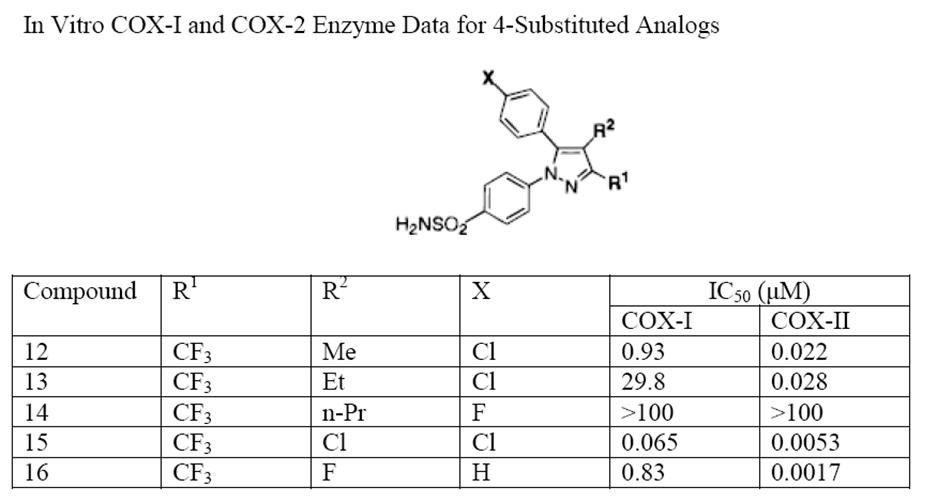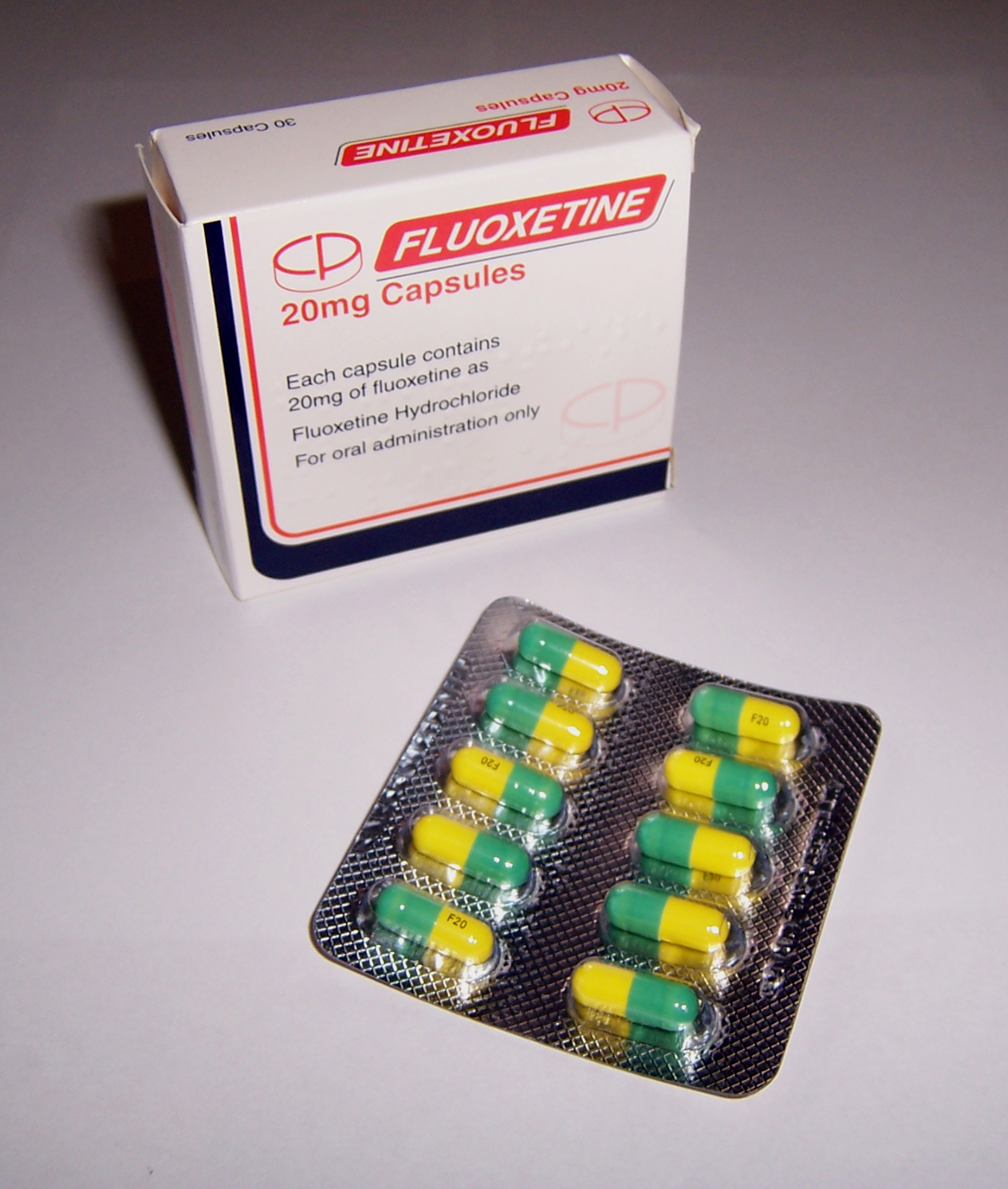|
Trifluoromethyl
The trifluoromethyl group is a functional group that has the formula . The naming of is group is derived from the methyl group (which has the formula ), by replacing each hydrogen atom by a fluorine atom. Some common examples are trifluoromethane , 1,1,1-trifluoroethane , and hexafluoroacetone . Compounds with this group are a subclass of the organofluorines. Properties The trifluoromethyl group has a significant electronegativity that is often described as being intermediate between the electronegativities of fluorine and chlorine. For this reason, trifluoromethyl-substituted compounds are often strong acids, such as trifluoromethanesulfonic acid and trifluoroacetic acid. Conversely, the trifluoromethyl group lowers the basicity of compounds like trifluoroethanol. Uses The trifluoromethyl group occurs in certain pharmaceuticals, drugs, and abiotically synthesized natural fluorocarbon based compounds. The medicinal use of the trifloromethyl group dates from 1928, although re ... [...More Info...] [...Related Items...] OR: [Wikipedia] [Google] [Baidu] |
Organofluorine
Organofluorine chemistry describes the chemistry of organofluorine compounds, organic compounds that contain a carbon–fluorine bond. Organofluorine compounds find diverse applications ranging from Lipophobicity, oil and hydrophobe, water repellents to pharmaceuticals, refrigerants, and reagents in catalysis. In addition to these applications, some organofluorine compounds are pollutants because of their contributions to ozone depletion, global warming, bioaccumulation, and toxicity. The area of organofluorine chemistry often requires special techniques associated with the handling of fluorinating agents. The carbon–fluorine bond Fluorine has several distinctive differences from all other substituents encountered in organic molecules. As a result, the physical and chemical properties of organofluorines can be distinctive in comparison to other organohalogens. # The carbon–fluorine bond is one of the strongest in organic chemistry (an average bond energy around 480 kJ/mol). ... [...More Info...] [...Related Items...] OR: [Wikipedia] [Google] [Baidu] |
Fluazifop
Fluazifop is the trivial name, common name used by the International Organization for Standardization, ISO for an organic compound that is used as a selective herbicide. The active ingredient is the 2R enantiomer at its chiral centre and this material is known as fluazifop-P when used in that form. More commonly, it is sold as its butyl ester, fluazifop-P butyl with the brand name Fusilade. History In the 1970s, a number of agrochemical companies were working to develop new herbicides to be complementary to the auxin phenoxyacetic acid types such as 2,4-D, which had activity on broad-leaved weeds but were safe to grass crops such as the cereals. Thus the aim was to find materials which would selectively control grass weeds in broad-leaved crops such as cotton and soybean. In 1973, Hoechst AG filed patents on a new class of compound, the aryloxyphenoxypropionates, which showed such selectivity and led to the commercialisation of diclofop. Then the Japanese company Ishihara Sangyo ... [...More Info...] [...Related Items...] OR: [Wikipedia] [Google] [Baidu] |
Celecoxib
Celecoxib, sold under the brand name Celebrex among others, is a COX-2 inhibitor and nonsteroidal anti-inflammatory drug (NSAID). It is used to treat the pain and inflammation in osteoarthritis, acute pain in adults, rheumatoid arthritis, psoriatic arthritis, ankylosing spondylitis, painful menstruation, and juvenile rheumatoid arthritis. It may also be used to decrease the risk of colorectal adenomas in people with familial adenomatous polyposis. It is taken by mouth. Benefits are typically seen within an hour. Common side effects include abdominal pain, nausea, and diarrhea. Serious side effects may include heart attacks, strokes, gastrointestinal perforation, gastrointestinal bleeding, kidney failure, and anaphylaxis. Use is not recommended in people at high risk for heart disease. The risks are similar to other NSAIDs, such as ibuprofen and naproxen. Use in the later part of pregnancy or during breastfeeding is not recommended. Celecoxib has demonstrated adjunctive bene ... [...More Info...] [...Related Items...] OR: [Wikipedia] [Google] [Baidu] |
Trifluralin
Trifluralin is a common pre-emergent selective herbicide, a dinitroaniline. With about used in the United States in 2001, and in 2012, it is one of the most widely used herbicides. Trifluralin is also used in Australia, New Zealand, Brazil and previously in the EU. Introduced in 1964, Trifluralin was the first organofluorine compound used as an agrochemical. Trifluralin is generally applied to the soil to control annual grass and broadleaf weed species. It inhibits root development by interrupting mitosis and controls weeds as they germinate. Trifluralin moves very little inside the plant, remaining in the roots. Discovery Selective herbicides were unavailable in the 1950s to protect soybean and cotton ( 2,4-DNP could have been used but had to be exactingly applied lest it destroy the crops), so Lilly Research Laboratories screened ~2000 compounds from 1958 to 1980 blindly looking for a result. Trifluralin was initially thought a failure, yet the plots stayed free of w ... [...More Info...] [...Related Items...] OR: [Wikipedia] [Google] [Baidu] |
Carboxylic Acids
In organic chemistry, a carboxylic acid is an organic acid that contains a carboxyl group () attached to an Substituent, R-group. The general formula of a carboxylic acid is often written as or , sometimes as with R referring to an organyl group (e.g., alkyl, alkenyl, aryl), or hydrogen, or other groups. Carboxylic acids occur widely. Important examples include the amino acids and fatty acids. Deprotonation of a carboxylic acid gives a carboxylate anion. Examples and nomenclature Carboxylic acids are commonly identified by their trivial names. They often have the suffix ''-ic acid''. IUPAC-recommended names also exist; in this system, carboxylic acids have an ''-oic acid'' suffix. For example, butyric acid () is butanoic acid by IUPAC guidelines. For nomenclature of complex molecules containing a carboxylic acid, the carboxyl can be considered position one of the parent chain even if there are other substituents, such as 3-chloropropanoic acid. Alternately, it can be named ... [...More Info...] [...Related Items...] OR: [Wikipedia] [Google] [Baidu] |
Fluorine
Fluorine is a chemical element; it has Chemical symbol, symbol F and atomic number 9. It is the lightest halogen and exists at Standard temperature and pressure, standard conditions as pale yellow Diatomic molecule, diatomic gas. Fluorine is extremely Reactivity (chemistry), reactive as it reacts with all other Periodic table, elements except for the light Noble gas, noble gases. It is highly toxicity, toxic. Among the elements, fluorine ranks Abundance of the chemical elements, 24th in cosmic abundance and 13th in crustal abundance. Fluorite, the primary mineral source of fluorine, which gave the element its name, was first described in 1529; as it was added to metal ores to lower their melting points for smelting, the Latin verb meaning gave the mineral its name. Proposed as an element in 1810, fluorine proved difficult and dangerous to separate from its compounds, and several early experimenters died or sustained injuries from their attempts. Only in 1886 did French chemist He ... [...More Info...] [...Related Items...] OR: [Wikipedia] [Google] [Baidu] |
Sulfoxaflor
Sulfoxaflor, also marketed as ''Isoclast'', is a systemic insecticide that acts as an insect neurotoxin. A pyridine and a trifluoromethyl compound, it is a member of a class of chemicals called sulfoximines, which act on the central nervous system of insects. Mechanism of action Sulfoxaflor is a systemic insecticide, acts as a neurotoxin to affected insects, and kills through contact or ingestion. Sulfoxaflor is classified for use against sap-feeding insects as a sulfoximine, which is a sub-group of insecticides that act as nicotinic acetylcholine receptor (nAChR) competitive modulators. Sulfoxaflor binds to nAChRs in place of acetylcholine. Sulfoxaflor binding causes uncontrolled nerve impulses resulting in muscle tremors followed by paralysis and death. Other nAChR competitive modulator sub-groups that bind differently on the receptor than sulfoximines include neonicotinoids, nicotine, and butenolides. Because sulfoxaflor binds much more strongly to insect neuron receptors ... [...More Info...] [...Related Items...] OR: [Wikipedia] [Google] [Baidu] |
Fluoxetine
Fluoxetine, sold under the brand name Prozac, among others, is an Antidepressant, antidepressant medication of the selective serotonin reuptake inhibitor (SSRI) class used for the treatment of major depressive disorder, Anxiety disorder, anxiety, obsessive–compulsive disorder (OCD), panic disorder, premenstrual dysphoric disorder, and bulimia nervosa. It is also approved for treatment of major depressive disorder in adolescents and children 8 years of age and over. It has also been used to treat premature ejaculation. Fluoxetine is oral administration, taken by mouth. Common side effects include anorexia (symptom), loss of appetite, nausea, diarrhea, headache, insomnia, trouble sleeping, xerostomia, dry mouth, and sexual dysfunction. Serious side effects include serotonin syndrome, mania, seizures, an increased risk of suicide, suicidal behavior in people under 25 years old, and an increased risk of bleeding. Antidepressant discontinuation syndrome is less likely to occur ... [...More Info...] [...Related Items...] OR: [Wikipedia] [Google] [Baidu] |
Efavirenz
Efavirenz (EFV), sold under the brand names Sustiva among others, is an antiretroviral medication used to treat and prevent HIV/AIDS. It is generally recommended for use with other antiretrovirals. It may be used for prevention after a needlestick injury or other potential exposure. It is sold both by itself and in combination as efavirenz/emtricitabine/tenofovir. It is taken by mouth. Common side effects include rash, nausea, headache, feeling tired, and trouble sleeping. Some of the rashes may be serious such as Stevens–Johnson syndrome. Other serious side effects include Depression (mood), depression, suicidal ideations, thoughts of suicide, liver problems, and seizures. It is not safe for use during pregnancy. It is a non-nucleoside reverse transcriptase inhibitor (NNRTI) and works by blocking the function of reverse transcriptase. Efavirenz was approved for medical use in the United States in 1998, and in the European Union in 1999. It is on the WHO Model List of Essent ... [...More Info...] [...Related Items...] OR: [Wikipedia] [Google] [Baidu] |
Trifluoromethane
Fluoroform, or trifluoromethane, is the chemical compound with the formula . It is a hydrofluorocarbon as well as being a part of the haloforms, a class of compounds with the formula (X = halogen) with C3v symmetry. Fluoroform is used in diverse applications in organic synthesis. It is not an ozone depleter but is a greenhouse gas. Synthesis About 20 million kg per year are produced industrially as both a by-product of and precursor to the manufacture of Teflon. It is produced by reaction of chloroform with HF: : It is also generated biologically in small amounts apparently by decarboxylation of trifluoroacetic acid. Historical Fluoroform was first obtained by Maurice Meslans in the violent reaction of iodoform with dry silver fluoride in 1894. The reaction was improved by Otto Ruff by substitution of silver fluoride by a mixture of mercury fluoride and calcium fluoride. The exchange reaction works with iodoform and bromoform, and the exchange of the first two halogen ... [...More Info...] [...Related Items...] OR: [Wikipedia] [Google] [Baidu] |
Phenoxy Herbicide
Phenoxy herbicides (or "phenoxies") are two families of chemicals that have been developed as commercially important herbicides, widely used in agriculture. They share the part structure of phenoxyacetic acid. Auxins The first group to be discovered act by mimicking the auxin growth hormone indoleacetic acid (IAA). When sprayed on broad-leaf plants they induce rapid, uncontrolled growth ("growing to death"). Thus when applied to monocotyledonous crops such as wheat or maize (corn), they selectively kill broad-leaf weeds, leaving the crops relatively unaffected. File:Indol-3-ylacetic acid.svg, IAA File:2-(4-chloro-2-methylphenoxy)acetic acid 200.svg, MCPA File:2-(2,4-dichlorophenoxy)acetic acid 200.svg, 2,4-D File:2-(2,4,5-trichlorophenoxy)acetic acid 200.svg, 2,4,5-T Introduced in 1946, these herbicides were in widespread use in agriculture by the middle of the 1950s. The best known phenoxy herbicides are (4-chloro-2-methylphenoxy)acetic acid (MCPA), 2,4-dichlorophenoxyacetic aci ... [...More Info...] [...Related Items...] OR: [Wikipedia] [Google] [Baidu] |





